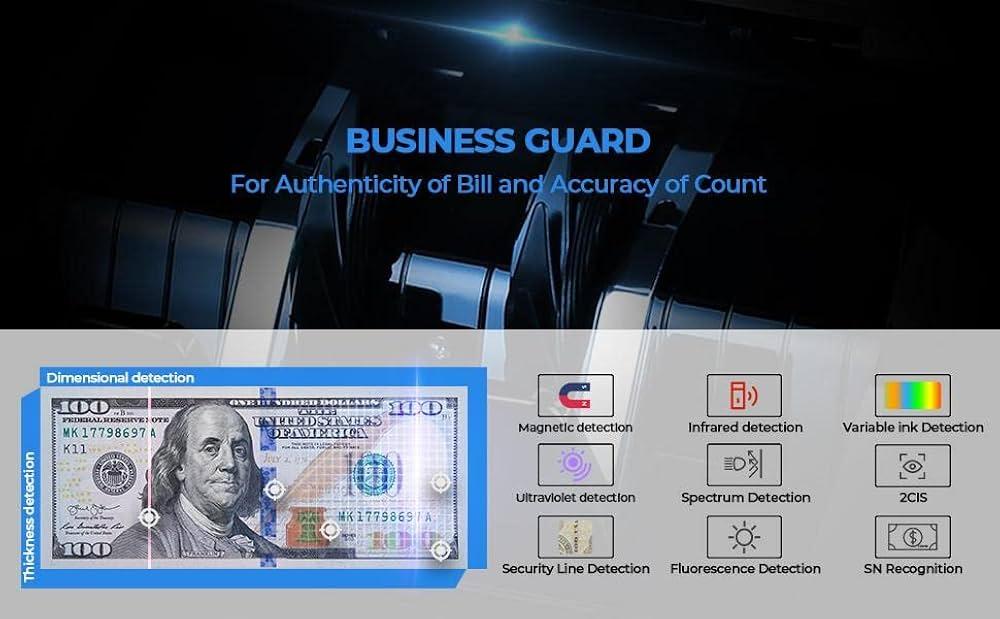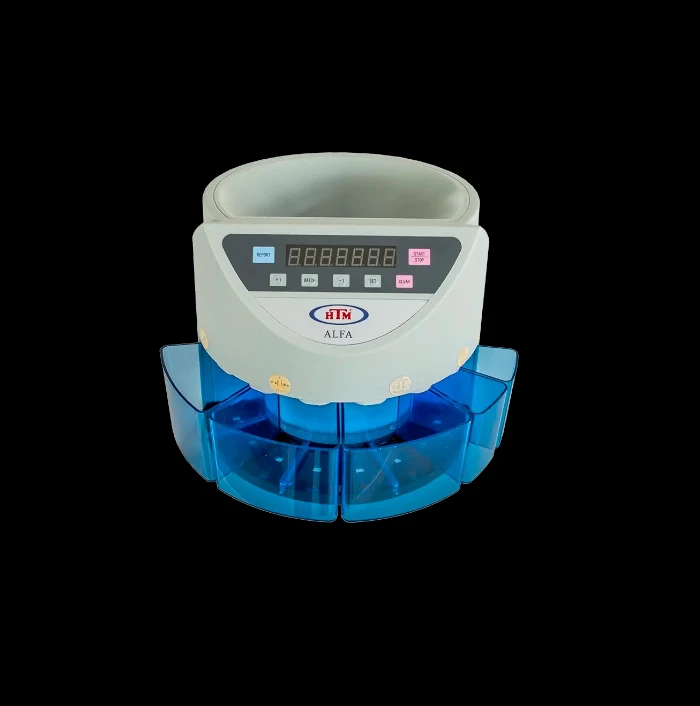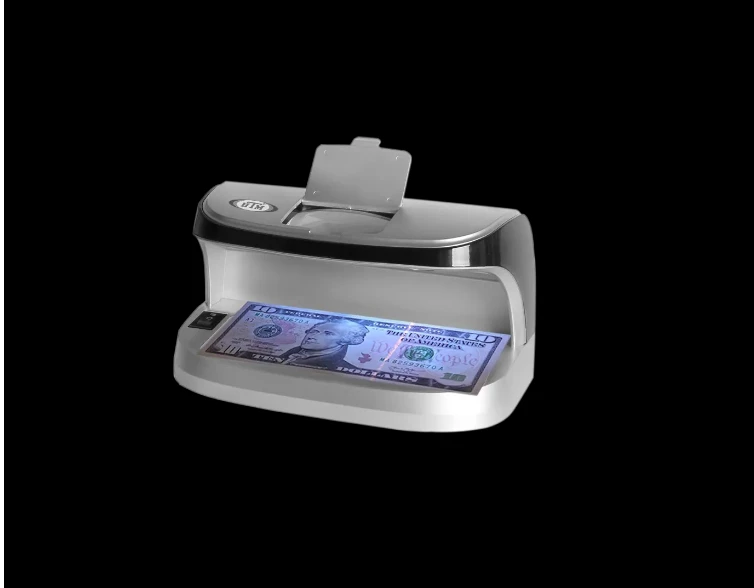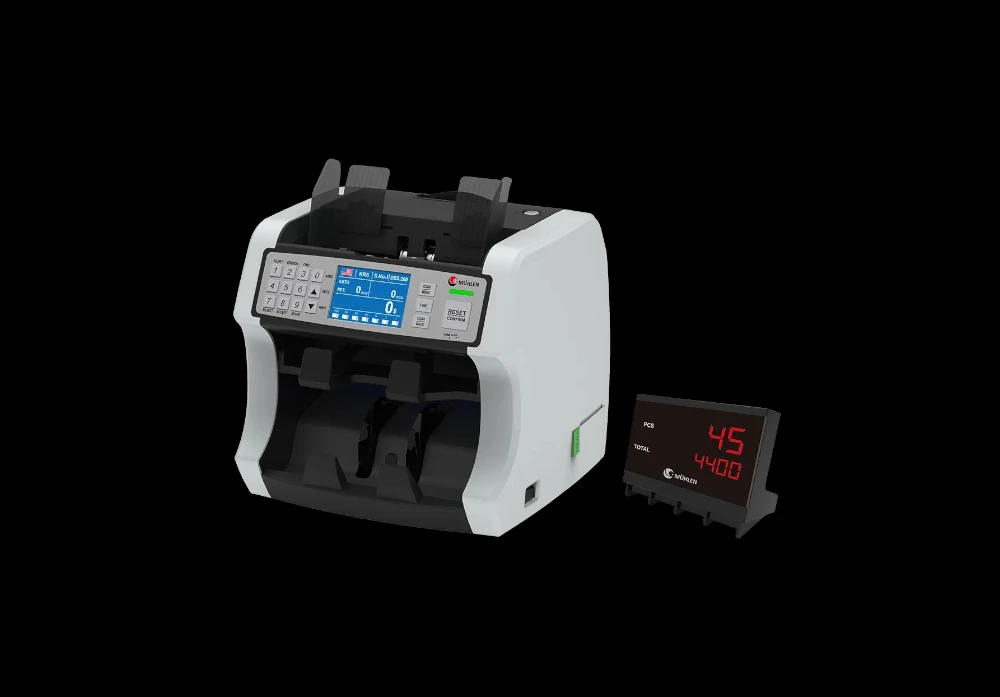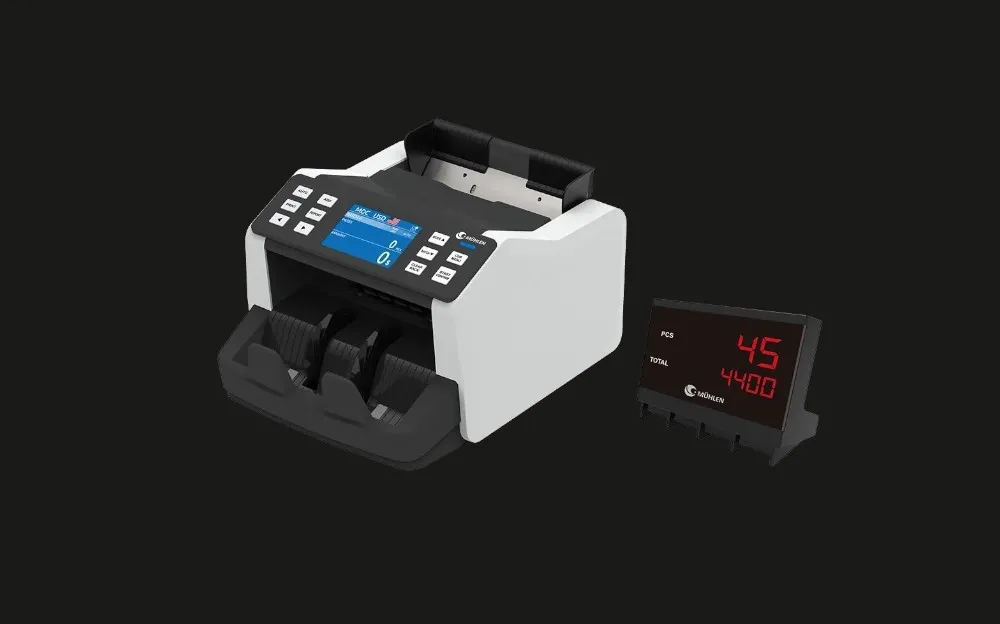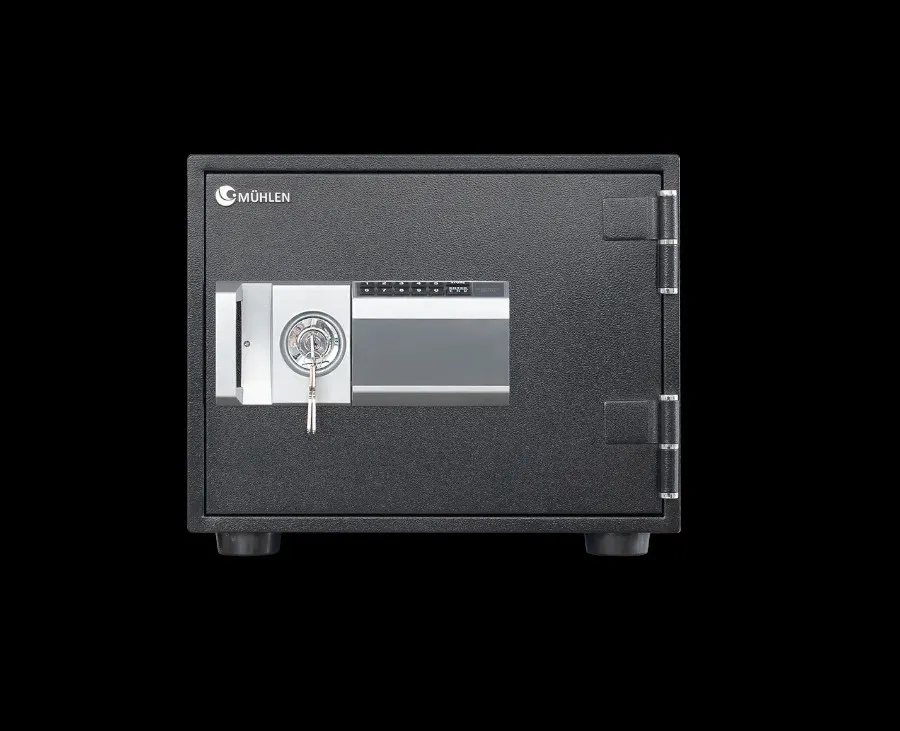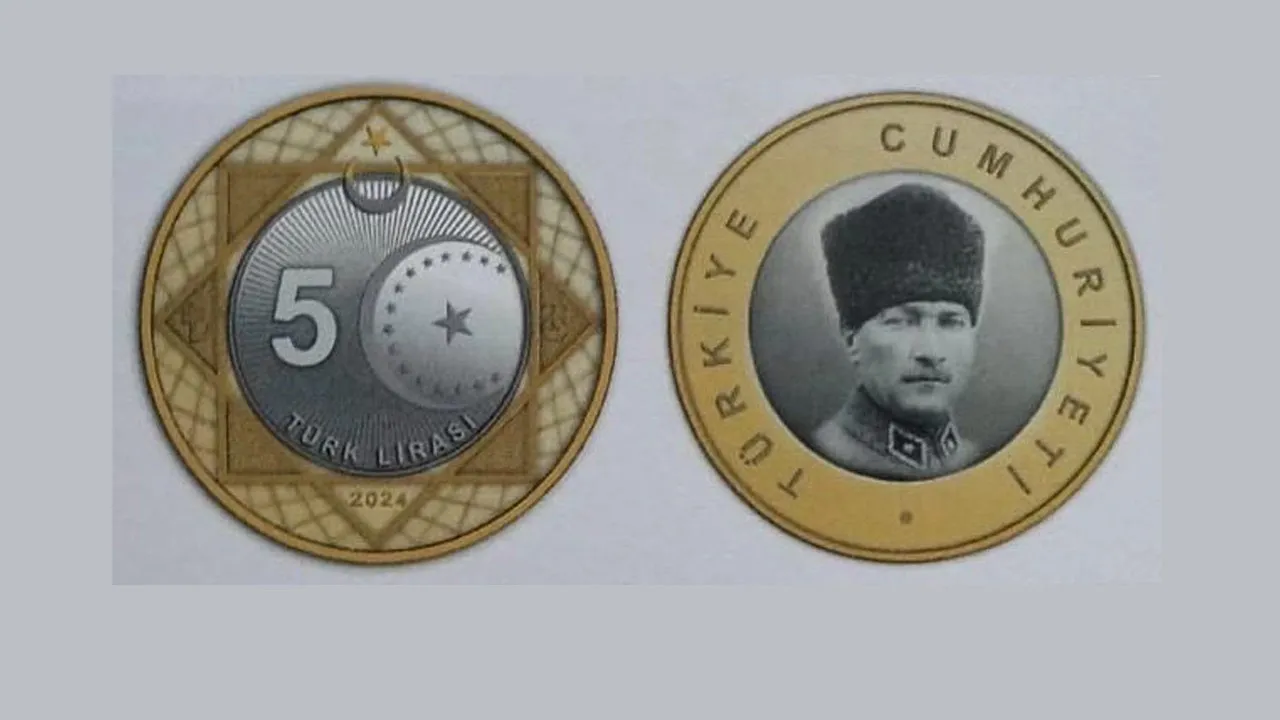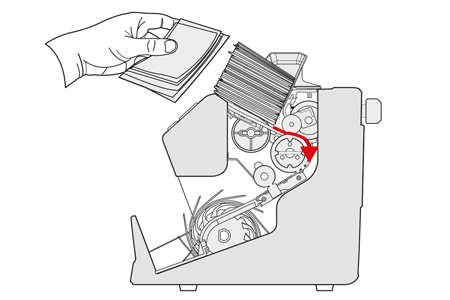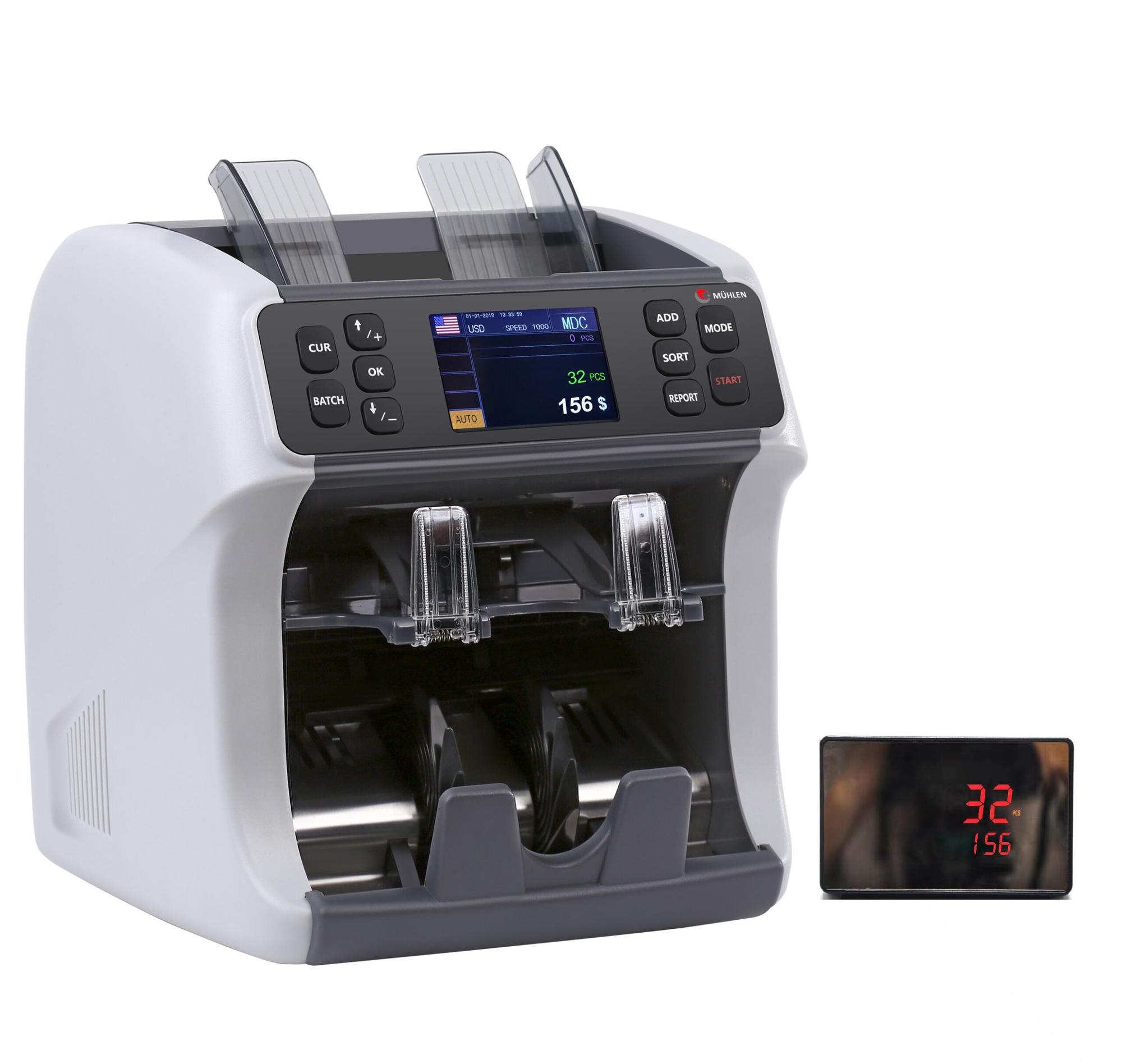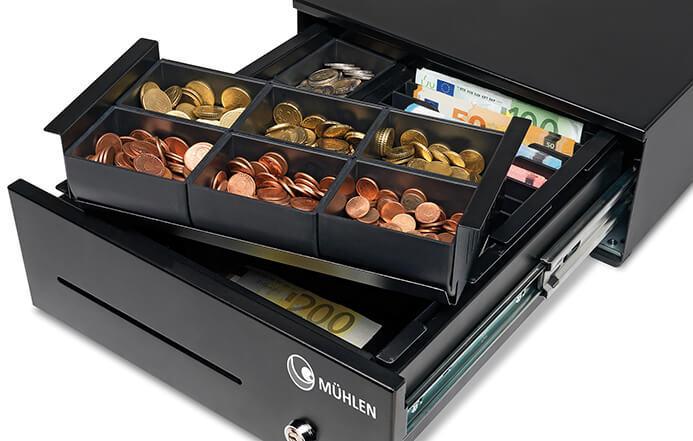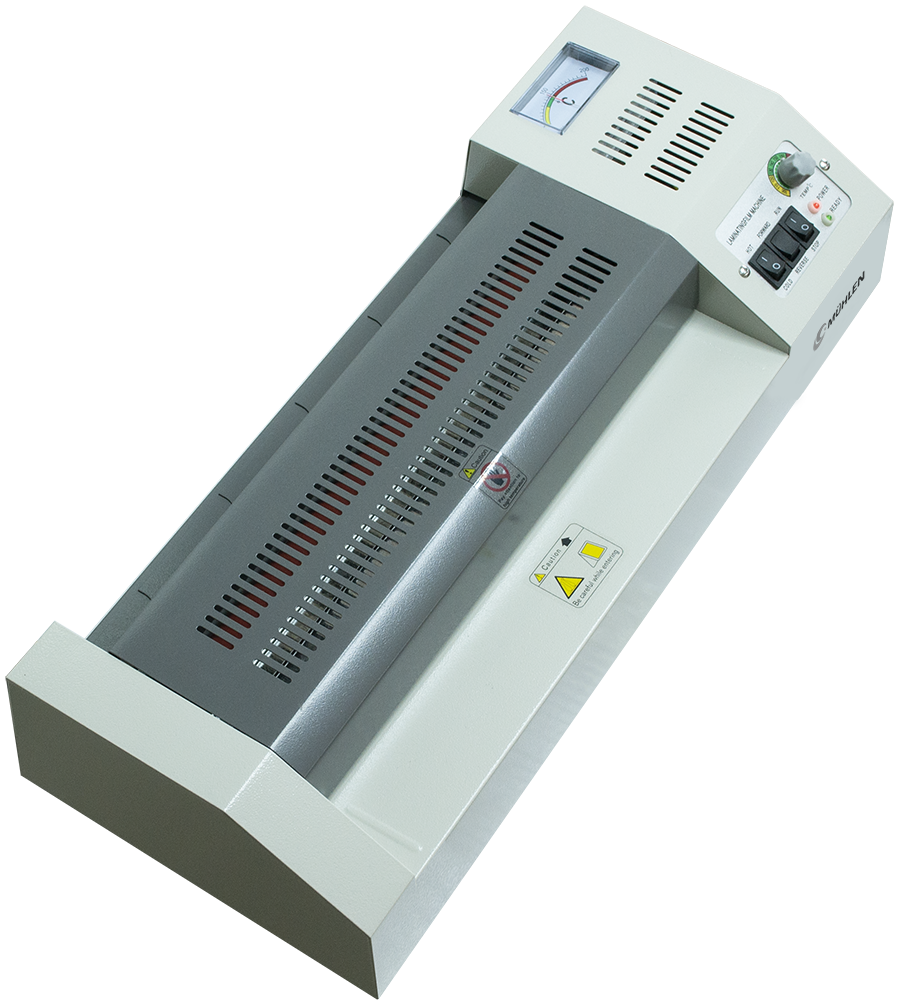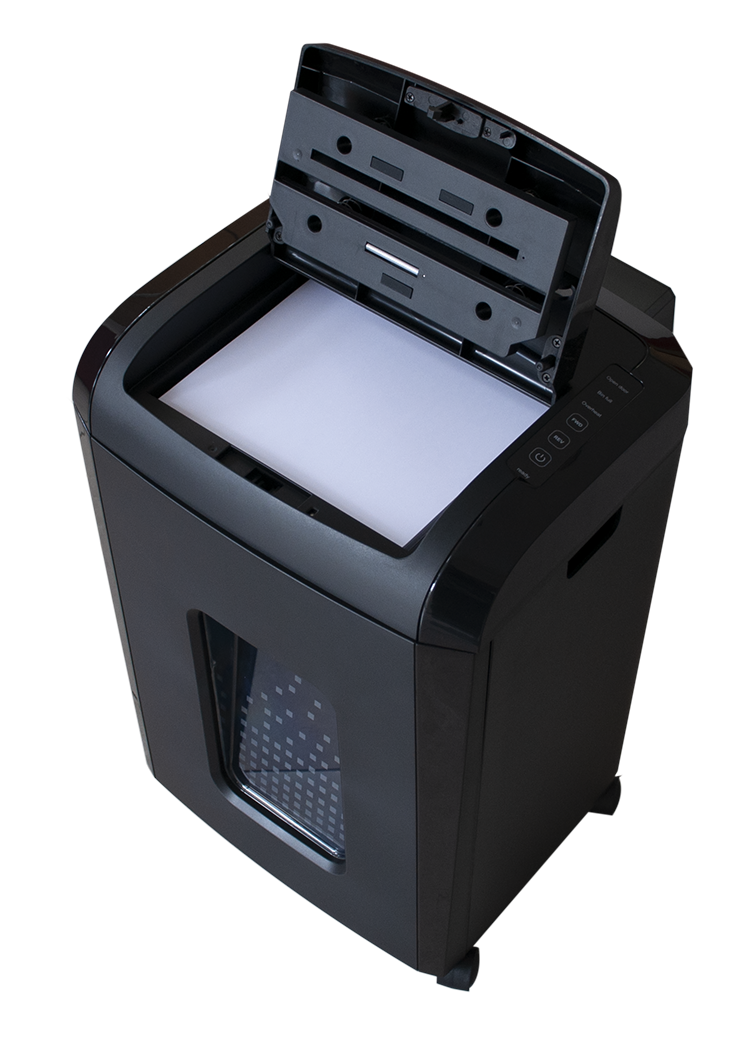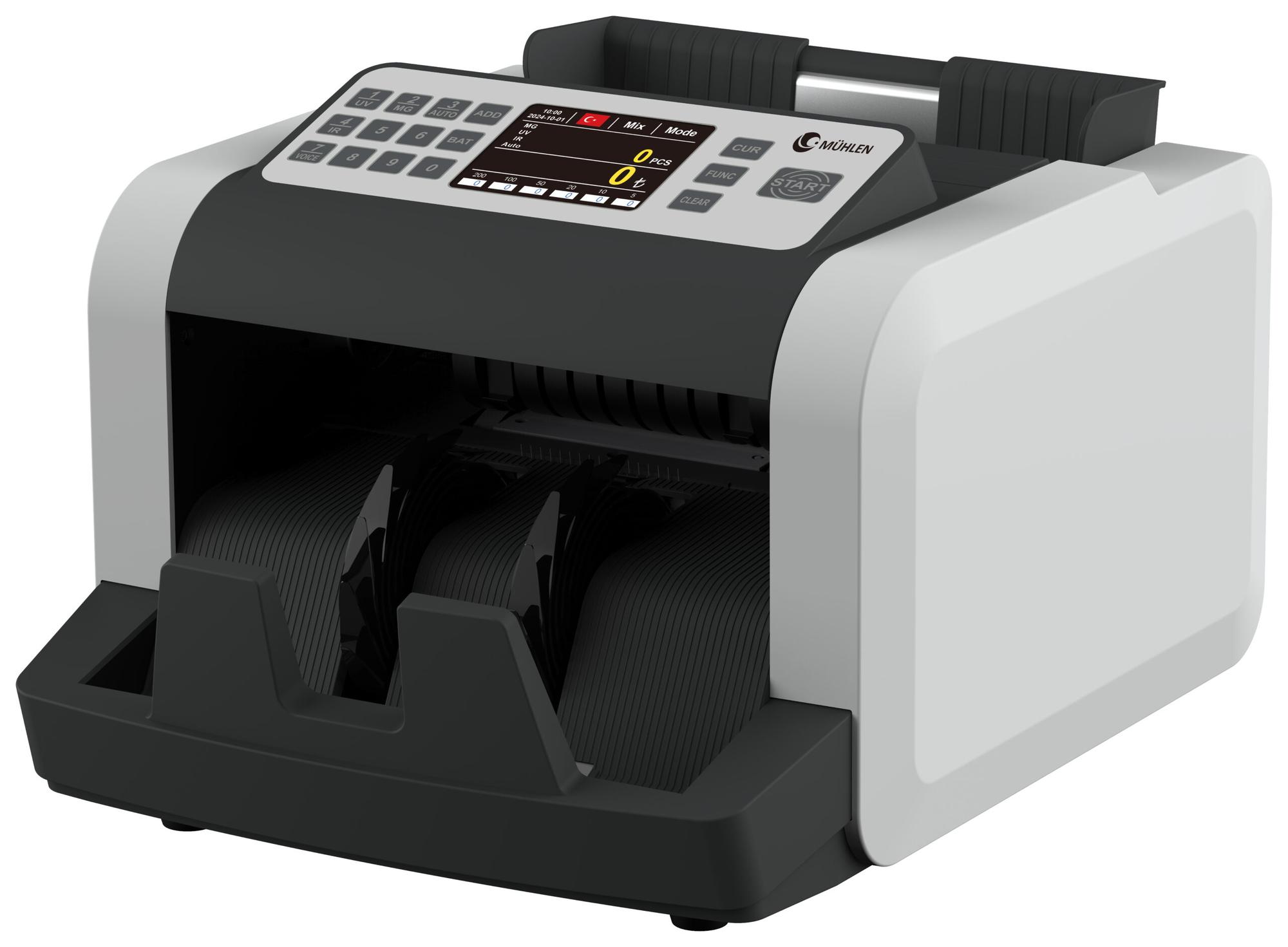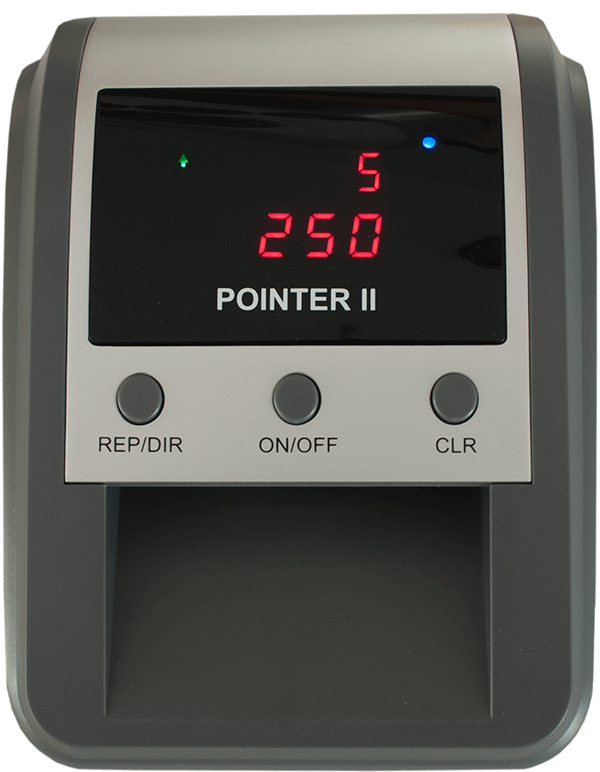How Does a Money Counting Machine Work?
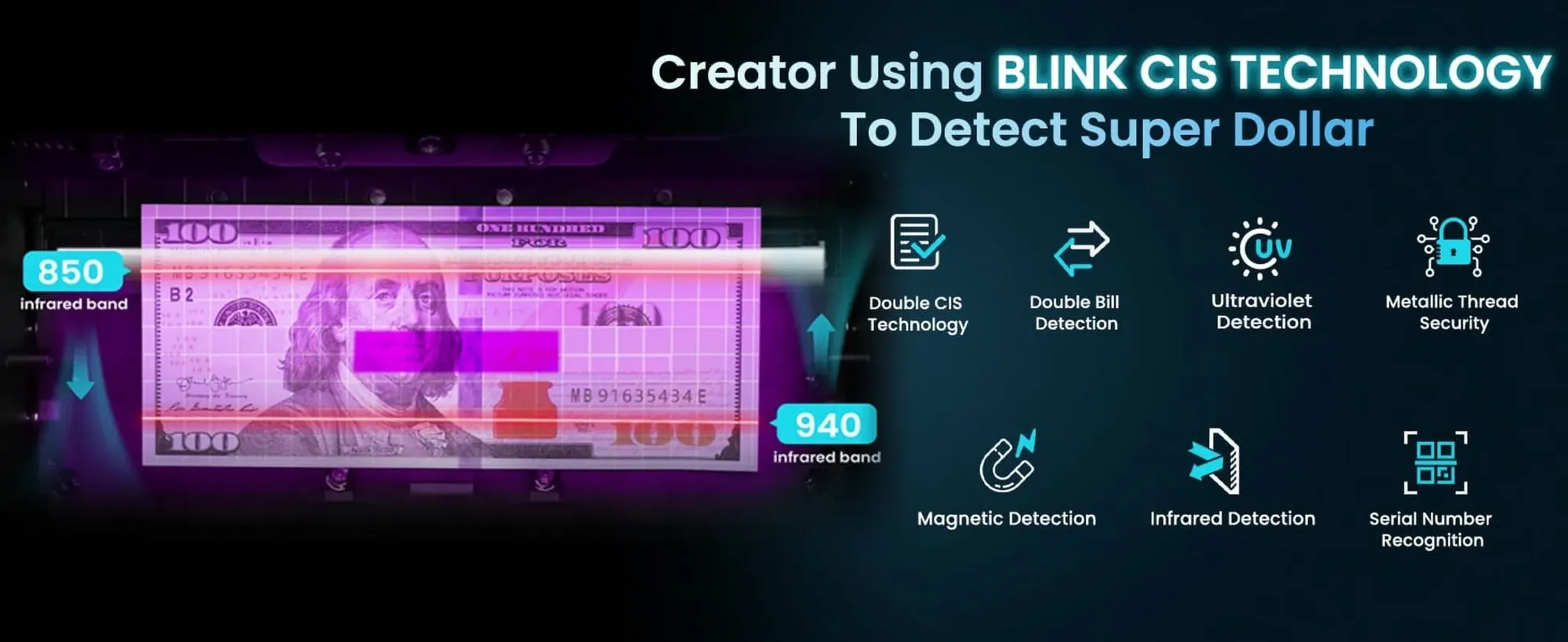
How Does a Money Counting Machine Work? I can literally say that the money counting machine is full of sensors and detectors. The money counting machine detects the money placed on it with the help of the sensor in the upper chamber and the machine starts to work. If we accept that the machine counts a single coin, the money first passes through the counting sensors.
With the help of infrared detectors, the counting sensors check the integrity of the coin, i.e. whether there are any halves, cuts, etc. The same sensors then check the paper thickness of the coin. If there are any incompleteness or cuts, or if there is an abnormality in the paper thickness, the machine stops counting and gives a warning to the user or, in the case of double-decker machines, throws the faulty banknote upstairs and continues counting.
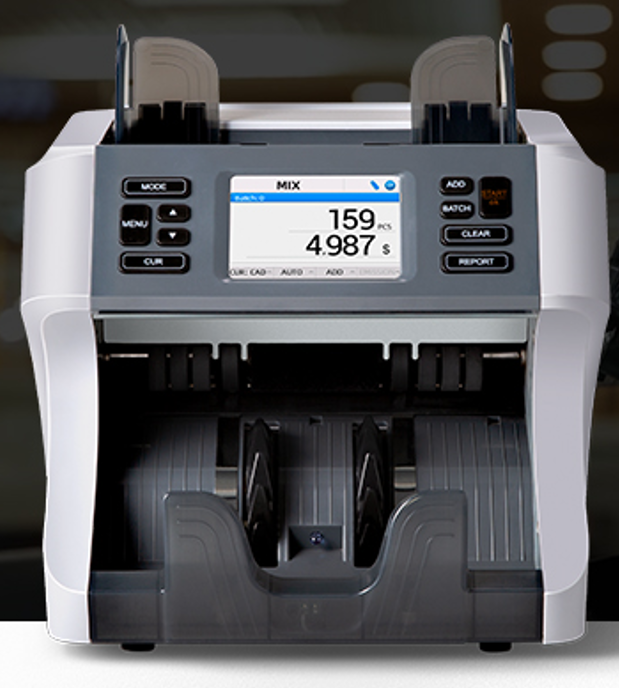
After passing through the money counting sensors, the banknotes go through counterfeit detection detectors. These detectors pass through sensors such as UV (Ultra Violet), MG (…), MT (…), etc. Of course, in the case of any unidentified or suspicious currency, the money counting machine either stops the count or sends the suspicious money to the upper tray and alerts the user.
Coin Counting Sensors
Intact coins passing through the counting sensors and counterfeit check detectors reach the lower hopper and the count is completed by indicating the result on the counting screen. New generation machines also have 2D and 3D systems. In other words, the 2D system measures the height dimension of the coin and makes a valuation accordingly. The 3D system, on the other hand, makes valuations by measuring both the height and width dimensions of the coin. In addition, thanks to IR sensors, it controls the color tone intensity of the coin. In this way, the machine has information about both the value of the money and its forgery.
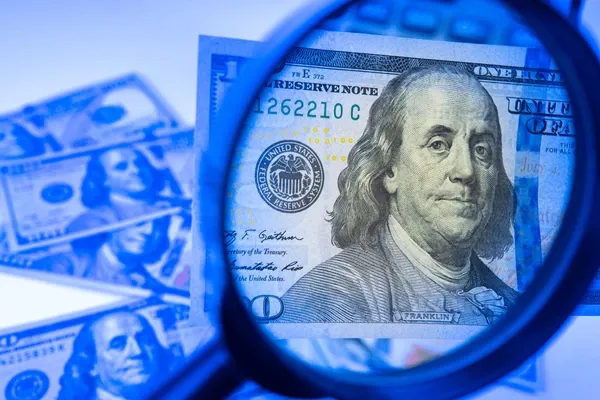
Counterfeit Money Control Systems
Let’s take a look at CIS systems, the most advanced technology used in machines in recent years. They work with the same document scanner function, but they are much more powerful and much faster. So much so that it scans each coin in a tenth of a second. So the machine takes a double-sided image of the coin and sends it to the processor. The processor has both the size of the coin and the image information about which coin it matches. Of course, it does this at speeds of up to 1500 pieces per minute. So the machines have to have a powerful CIS technology and a powerful processor.
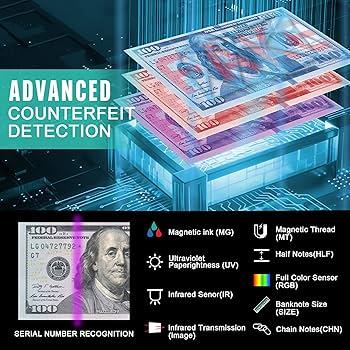
Advantages
This is how counting and counterfeit separation takes place in money counting machines. At the same time, in counterfeit money control machines, the counterfeit test is carried out in this way. The only difference is that while money is counted collectively in money counting machines, the money control machine performs money control one by one. It is quite difficult and time-consuming to manually count money and check its counterfeit at the same time with human hands. In such cases, machines make precise counting and precise counterfeit detections.
